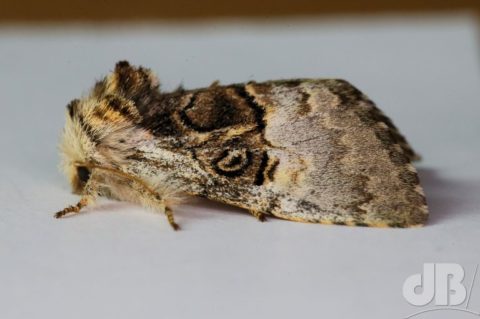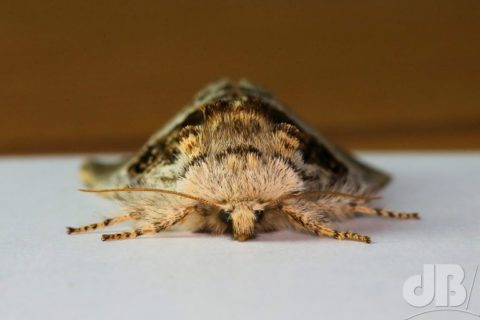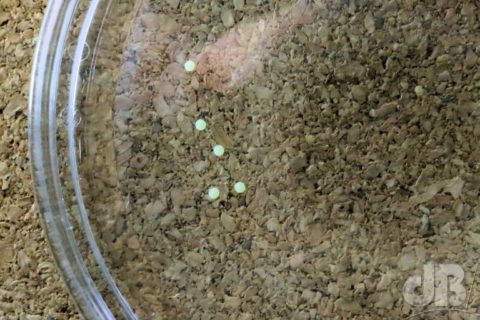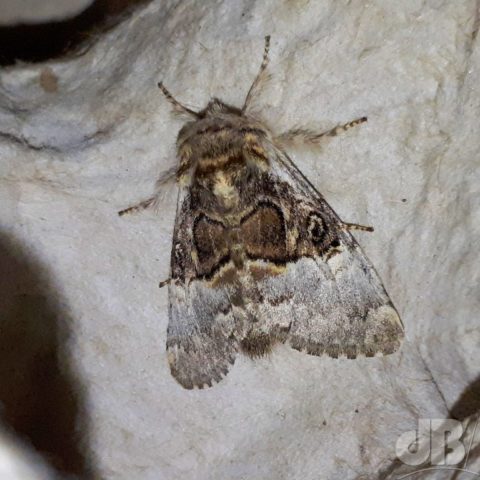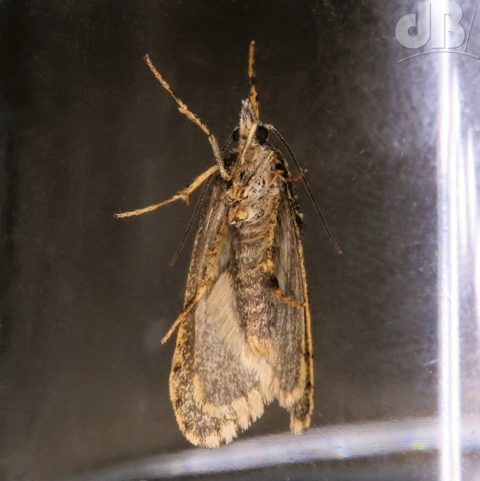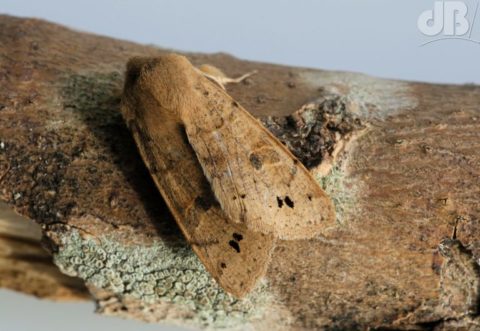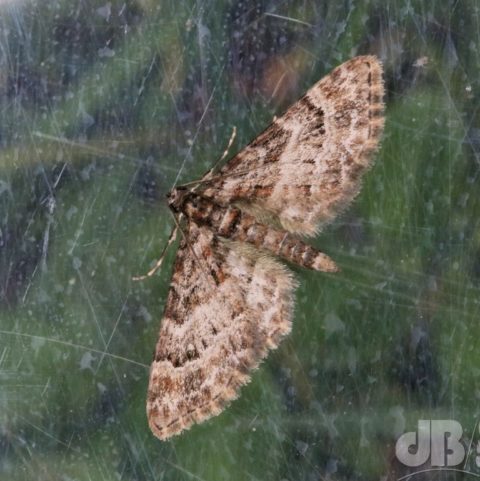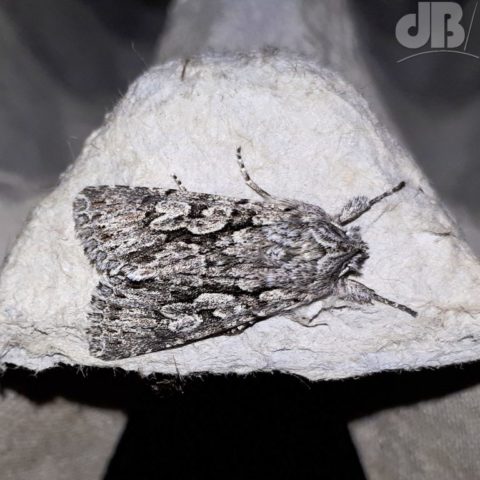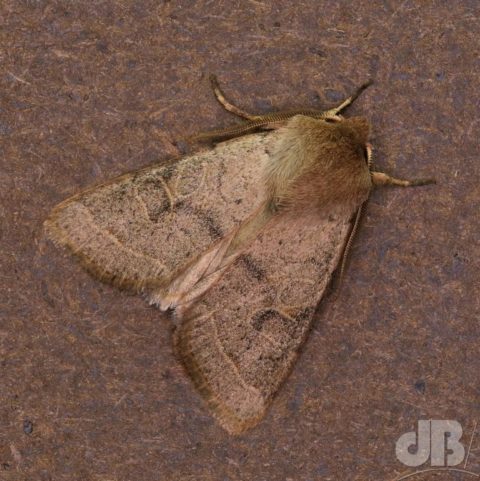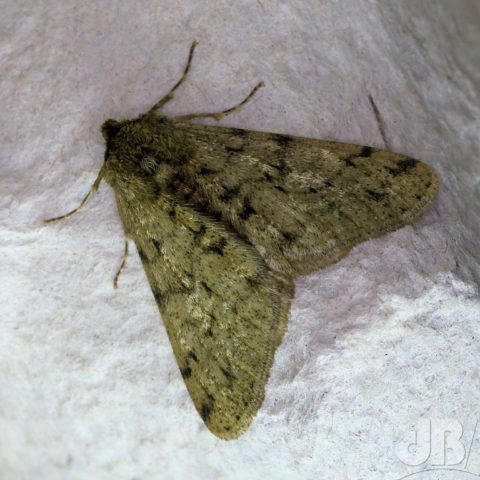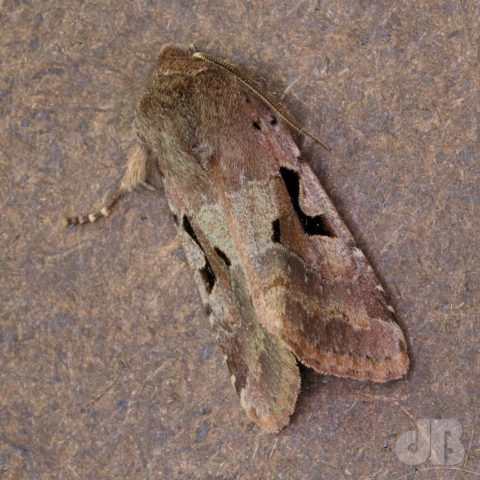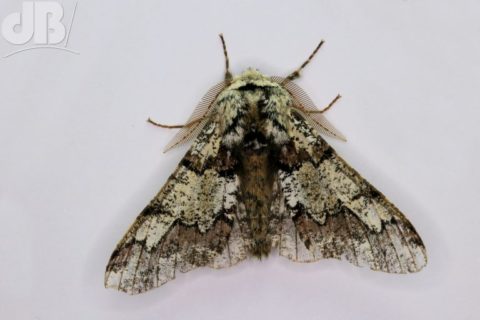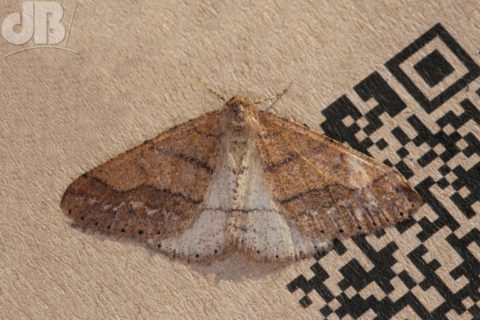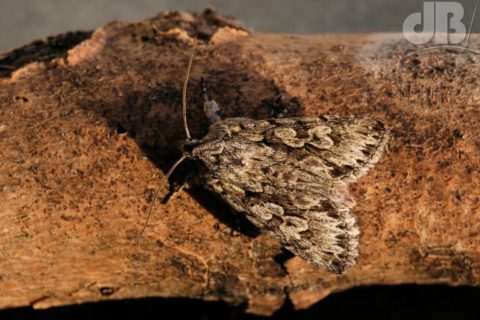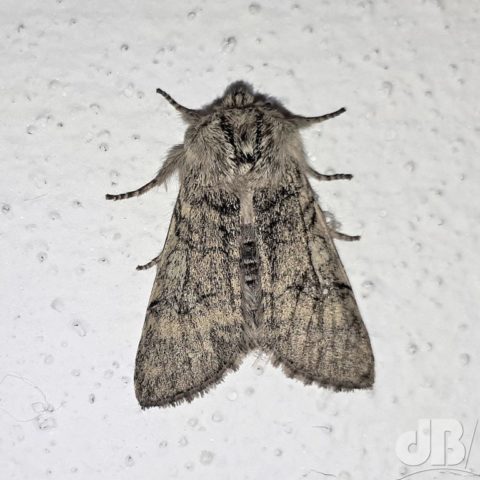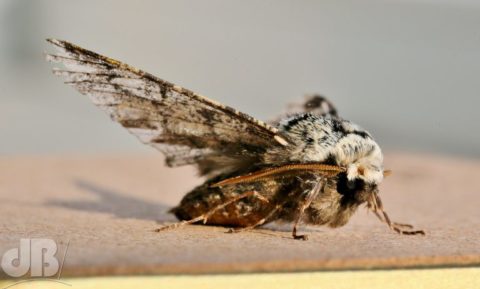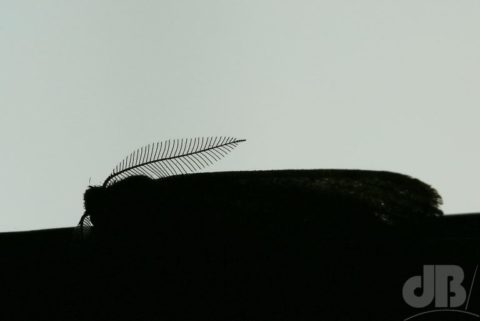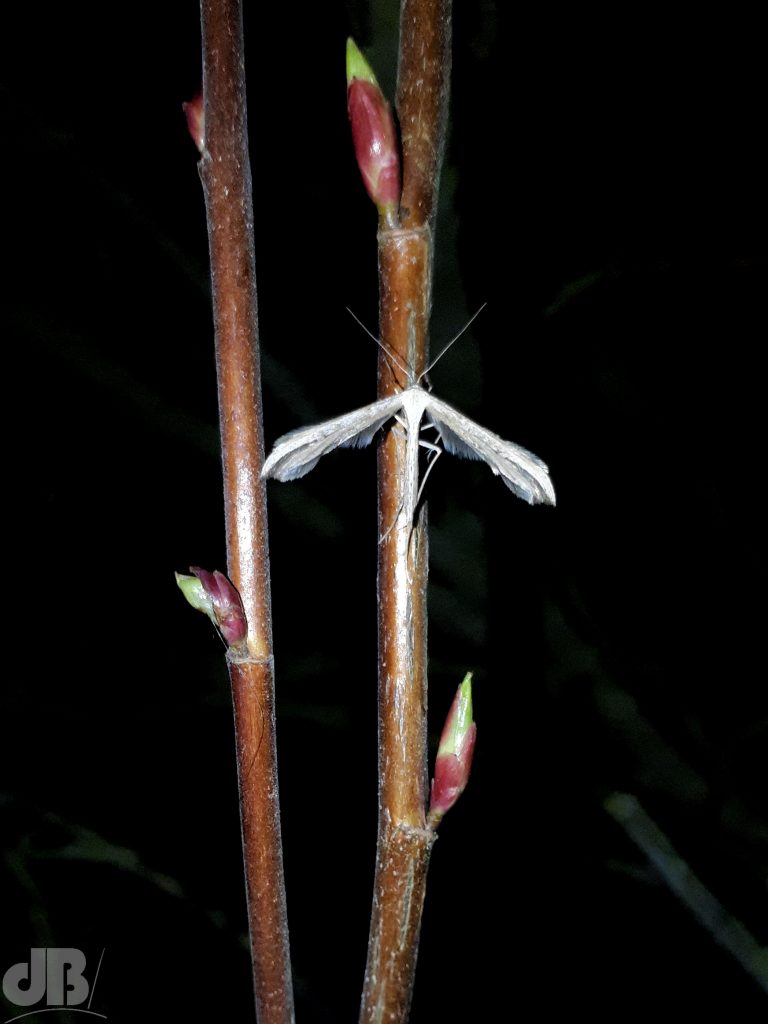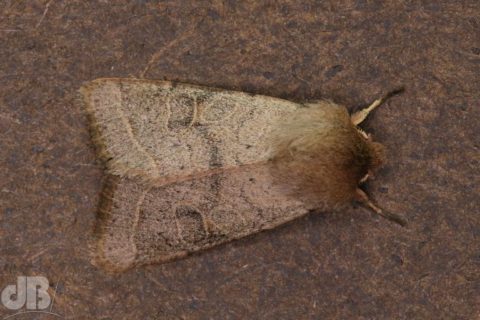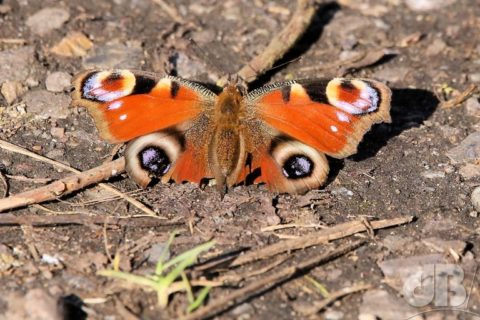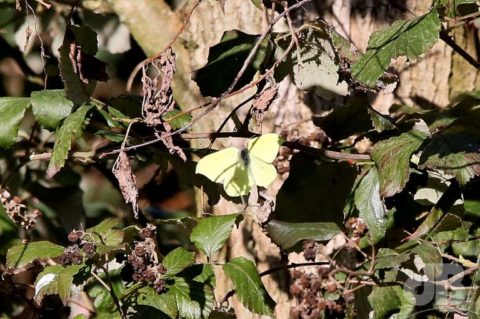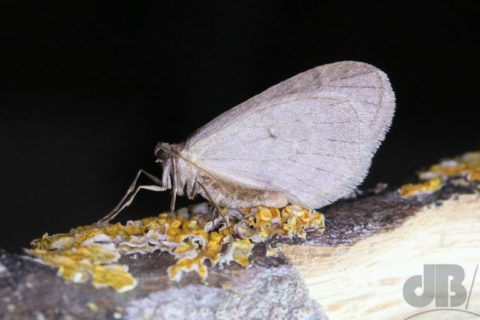Ask anyone who isn’t a moth-er to describe a moth and usually terms such as dull, grey, brown, night-flying, drab, dingy, useless are the ones that arise. Someone might go so far as to describe them as the boring relatives of butterflies. Well semantics aside, butterflies are just a sub-group of the moths, they’re all Lepidoptera, but they’re anything but useless and many of them fly during the day and are incredibly vivid and bright.
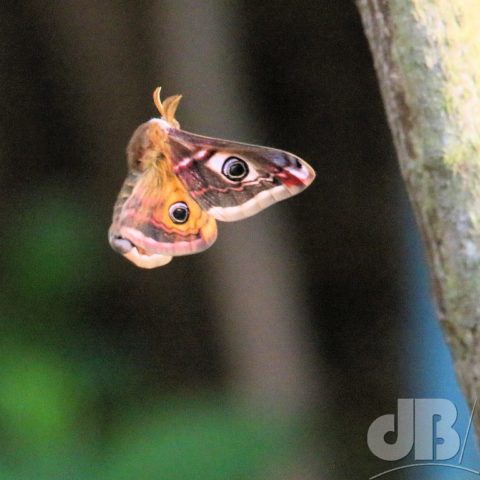
Perhaps the most vivid and bright of the British species is a moth I’d not seen until today, only in books. It is the Emperor Moth, Saturnia pavonia, the only member of the Saturniidae, the silk moths, found in the British Isles.
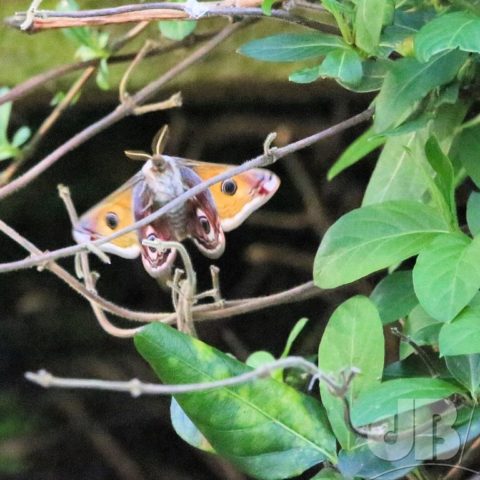
The males are very brightly coloured, the females a version where the colours look as if they have been desaturated. The male flies during the day, the female at night. Both male and female have a vivid spot on each fore- and hind-wing that give them the appearance of having two pairs of eyes looking back at a predator. The species is actually fairly common across the British Isles although it favours heathery heathland and open country, but that does include Fenland, of which we have plenty hereabouts.
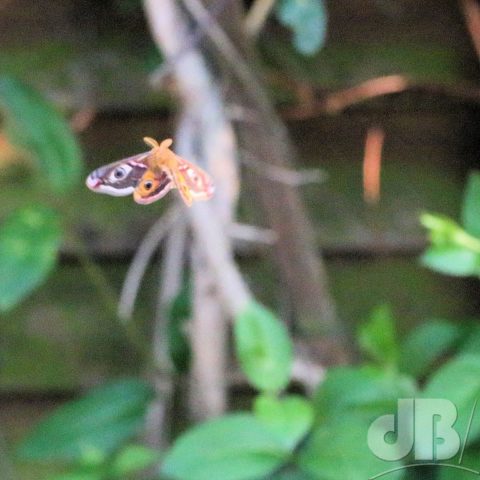
Female Emperors [should that be Empress moths? Ed.*] exude a pheromone to alert the day-flying males to their presence and their urge to mate. The males can detect picograms of sex pheromone on the wing with their feathery antennae. Purportedly, they can sniff out a female from up to ten miles.
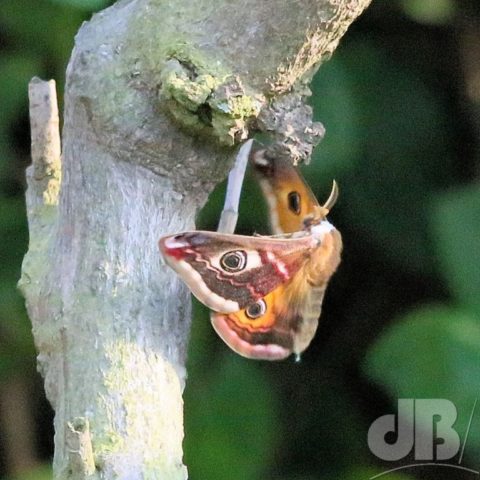
Other Saturniidae moths in Japan and the Americas seem to use hexadecadienals and esters of those compounds as their sex pheromones. I’m yet to find a paper that isolated and characterised the sex pheromone of S pavonia. Nevertheless, you can buy a little lure impregnated with the sex pheromone. A moth-er might hang such a lure in the garden on a sunny and breezy day in the hope of attracting an Emperor, which is what I did.
First sighting was today. He wouldn’t settle and I couldn’t safely net him, so I snapped away 100+ shots and maybe got 4 where the moth is in focus and in the frame.
*There is no “Ed.” it’s just me.
